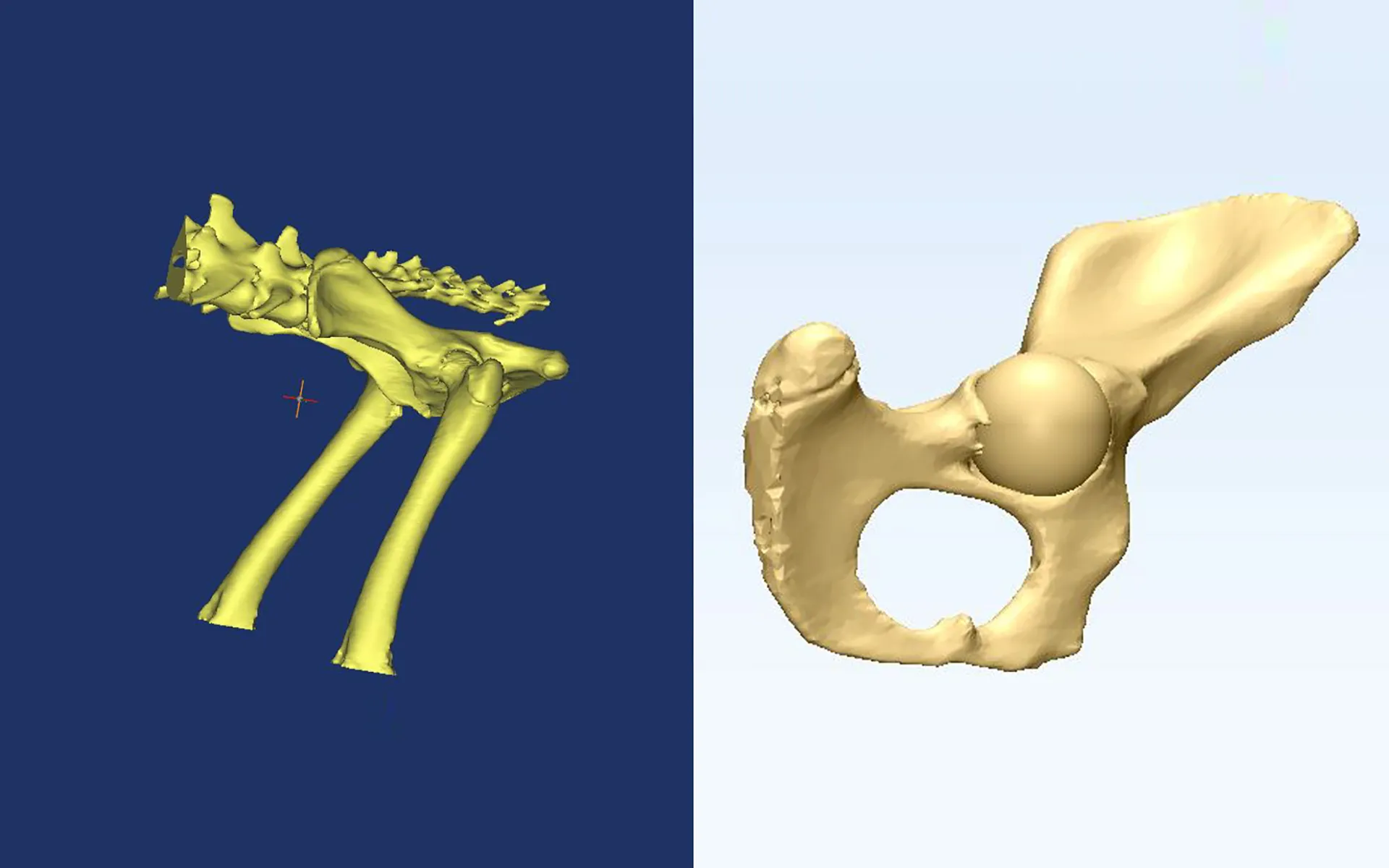A pilot study on the use of 3D printers in veterinary medicine
DOI:
https://doi.org/10.24070/bjvp.1983-0246.v14i3p159-164Keywords:
bone lesions, dog, prosthesis, regenerative medicine, 3D printingAbstract
Additive manufacturing (AM) is the process of joining materials to create layer-by-layer three-dimensional objects using a 3D printer from a digital model. The great advantage of Additive Manufacturing is to allow a freer design than traditional processes. The development of additive manufacturing processes has permitted to optimize the production of the customized product through the modeling of the geometry and the knowledge of the morphometric parameters of the body structures. 3D printing has revolutionized the field of Regenerative Medicine because, starting from computerized tomography (CT) images and using traditional materials such as plastic and metals, it can provide customized prostheses for each patient, which adapt perfectly to the needs of the subject and act as structures support. 3D printing allows you to print three-dimensional porous scaffolds with a precise shape and chemical composition suitable for medical and veterinary use. Some of these scaffolds are biodegradable and appear to be ideal for bone tissue engineering. In fact, they are able to simulate extracellular matrix properties that allow mechanical support, favoring mechanical interactions and providing a model for cellular attachment and in vivo stimulation of bone tissue formation.


